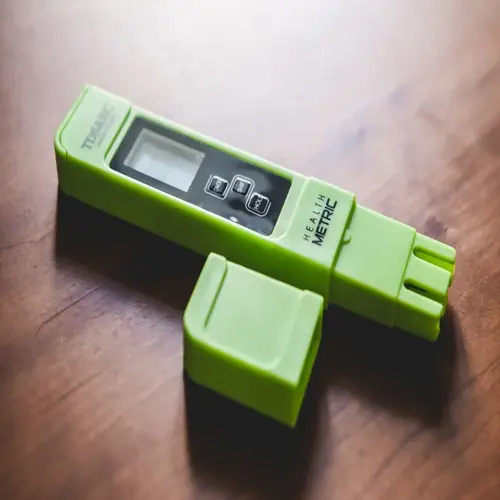How do I lower nitrite levels quickly?

Written by
Susan Taylor
Reviewed by
Prof. Henry Webster, Ph.D.Nitrite poisoning is a silent disaster that kills fish in a few hours by suffocating them. This poison enters the bloodstream, preventing the absorption of oxygen. I met this condition when my goldfish began to gasp at the surface with 5 ppm of nitrite. Action must be taken at once, as nitrite over 1 ppm becomes deadly in a short time. Getting your fish some immediate treatment is necessary for them to survive.
Initiate an immediate 50% water change with de-chlorinated water at the same temperature as the tank. This will immediately reduce the concentration of nitrites. During my emergency, I used Seachem Prime to neutralize both nitrite and chlorine. Always have water prepared in advance for emergencies. Re-test nitrite levels in half an hour to get a reading of improvement.
Immediate Actions (First 30 Minutes)
- Perform 50% water change with temperature-matched water
- Add dechlorinator like Seachem Prime (dose for entire tank)
- Increase surface agitation with air stones or powerheads
- Stop all feeding immediately
Secondary Treatments (Next 4 Hours)
- Add aquarium salt: 1 teaspoon per 5 gallons of water
- Introduce beneficial bacteria supplements
- Clean filter media in tank water (never tap water)
- Add live plants if available for nitrate absorption
Monitoring & Follow-up
- Retest nitrite every 2 hours until below 0.5 ppm
- Maintain extra aeration for 48 hours
- Resume feeding sparingly after 24 hours if levels drop
- Identify and remove the nitrite source (overfeeding/dead fish)
Aquarium salt at 1 teaspoon per 5 gallons prevents damage to the blood cells of fish from nitrites. The chloride ions in the salt prevent absorption of nitrite from water by means of the gills. I keep a marine salt mixture on hand to use in emergencies of freshwater disease. Dissolve the salt thoroughly in a separate container before putting it into the tank. Never use table salt, as there are harmful additives in its content.
Maximize aeration by surface turbulence and air stones! The fish that die of nitrite poisoning are gasping for oxygen. I have battery-operated air pumps as a backup in case of a power failure. Increase movement in the water without stressing the fish. Warm water has a low dissolved oxygen content, so ensure the water is not too warm.
Avoid recurrence by eliminating the root problem once you are stable. Overfeeding was the cause of 80% of my nitrite emergencies. Dead fish and decaying plants are a source that can be hidden. Run a nitrite alarm for continuous monitoring in the tank. Test water weekly and after any changes are made to tank conditions.
Act with confidence during nitrite crises utilizing this established protocol. It took my goldfish 12 hours to recover, and I was retesting each hour. Always keep emergency supplies available. Your rapid response will determine if your fish live or die while suffocating.
Read the full article: 7 Essential Aquarium Water Testing Tips
